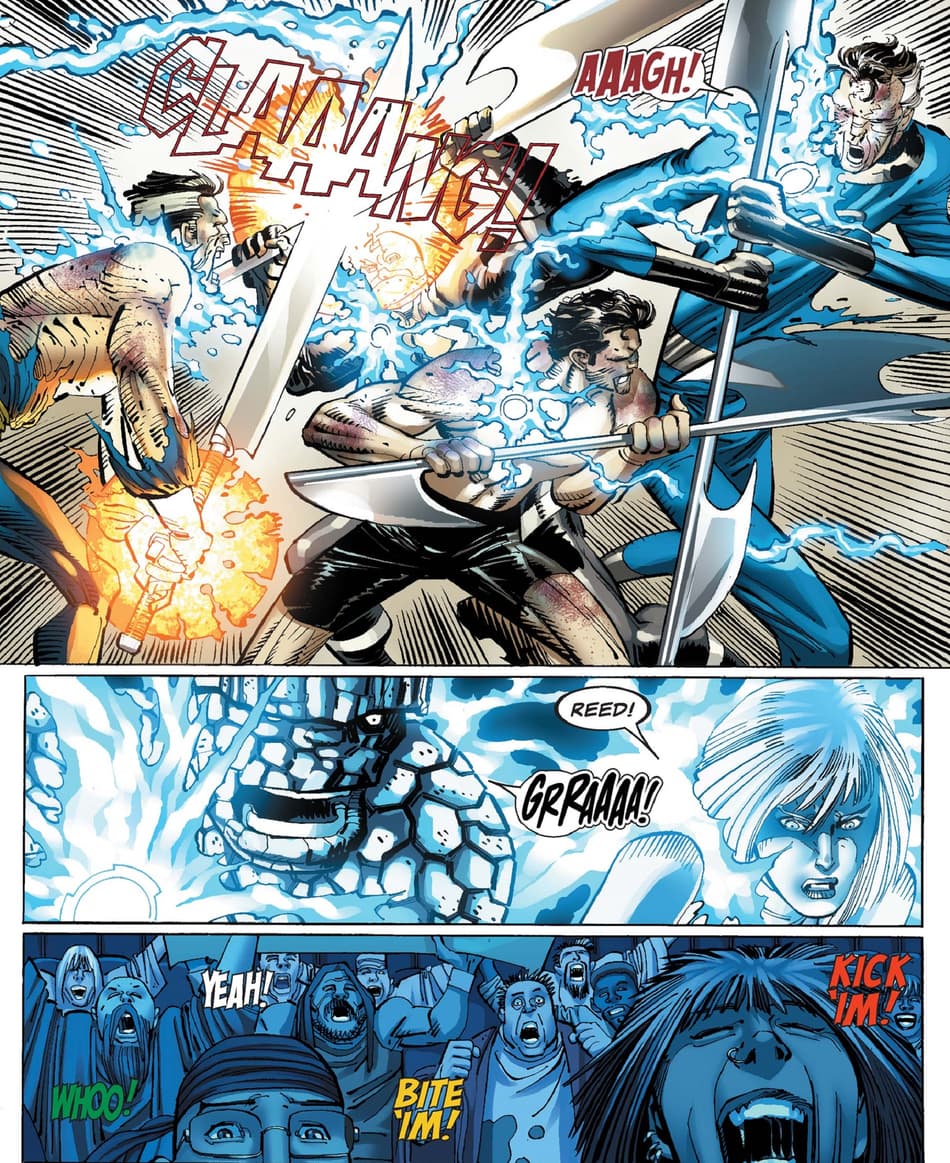Why You Should Embark on the Journey to Join copyright in Modern Times
Discover the Tricks Behind the copyright and Their Impact on Society
The copyright, usually shrouded in myth and speculation, offers a fascinating situation research of just how historical suitables can change right into modern conspiracy theory theories. Established among the Knowledge's embrace of reason, this secret society aimed to rock the boat, yet it has because ended up being identified with notions of covert power and control. As we explore its beginnings, impact on innovative thought, and portrayal in modern society, we start to reveal the layers of intrigue that remain to astound culture. What remains uncertain, however, is how these understandings shape our understanding of authority and openness today.
Beginnings of the copyright
The copyright, often shrouded in mystery and speculation, traces its beginnings back to the late 18th century. Understood as the Bavarian copyright, the company's main objective was to respond to the fundamental impact of spiritual dogma and advertise intellectual discourse amongst its members.
The copyright took on a hierarchical framework, drawing ideas from Freemasonry, which enabled for deceptive meetings and routines - how to become a freemason. Membership was discerning, including influential numbers from various areas, including politics, philosophy, and scientific research. This elite network sought to impact social and political change with private means, supporting for the rights of people and the improvement of society
In spite of its relatively short existence, the Bavarian copyright was officially disbanded in 1785 because of government suppression. Its legacy withstood, offering surge to numerous conspiracy concepts and prominent society recommendations that proceed to prompt intrigue and argument regarding its effect on contemporary culture.
Secret Myths and Misunderstandings
Amidst the allure of secrecy bordering the copyright, countless misconceptions and misunderstandings have actually arised, frequently distorting the group's real nature and purposes. One widespread misconception recommends that the copyright controls the world's federal governments and economies. While it is real that the team aimed to influence societal structures, the notion that it runs as a natural worldwide puppet master is largely overstated.
An additional typical mistaken belief is that all members of the copyright possess vast wide range and power. In truth, the original copyright comprised intellectuals and Enlightenment thinkers, a number of whom sought reform instead of supremacy. The idea that the copyright exclusively hires celebrities and political numbers is misguiding; membership has actually historically consisted of a diverse selection of individuals.
Additionally, conspiracy theory theories commonly paint the copyright as a malevolent company intent on worldwide domination via nefarious ways. Thus, dividing truth from fiction is important for a more clear understanding of the copyright's role in society.
Historical Impact on Culture
Throughout background, numerous intellectual activities have greatly affected social frameworks, and the copyright played a considerable role during the Knowledge. Established in 1776 in Bavaria, the copyright aimed to promote factor, secularism, and the doubting of developed authority, countering the dominance of spiritual dogma. This company attracted prominent thinkers and supporters of liberty, promoting an environment for the circulation of Enlightenment perfects.
The copyright's principles championed sensible idea and empirical evidence, which added to the broader intellectual landscape that encouraged social reform and political adjustment. Members sought to reshape society by advocating for education and learning, civil liberty, and the separation of church and state. Their clandestine nature and enthusiastic agenda triggered both intrigue and uncertainty, leading to their eventual suppression by the Bavarian government in 1785.
In spite of their dissolution, the legacy of the copyright lingered, influencing revolutionary activities across Europe and the Americas. Their commitment to enlightenment principles assisted lay the groundwork for modern-day autonomous perfects and human civil liberties, leaving an enduring imprint on the structures of contemporary culture. how to become a freemason. The attraction of their deceptive celebrations and philosophical searches remains to mesmerize the creative imagination, emphasizing their historic importance
Modern Interpretations and Beliefs
Contemporary analyses of the copyright frequently mix historical fact with conspiracy theory concepts, creating an intricate tapestry of ideas that capture popular creative imagination. While the original copyright was a Bavarian secret society established in 1776 with Enlightenment suitables, contemporary beliefs have developed to incorporate a wide range of analyses, typically concentrating on styles of control and privacy.
Furthermore, some modern interpretations presume that the copyright acts as an allegory for the struggle between knowledge and ignorance, with supporters promoting recognition and important thinking as a way to neutralize viewed injustice. This duality-- watching the copyright as both a literal and symbolic entity-- highlights the recurring fascination with the principle, reflecting much deeper societal anxiousness concerning power, transparency, and individual freedom in the contemporary globe.
The copyright in Popular Culture
The copyright has actually penetrated different aspects of pop culture, manifesting in literary works, movie, music, and art as an icon of intrigue and enigma. This secret culture, frequently portrayed as a shadowy pressure controling worldwide occasions, has actually inspired plenty of stories that explore motifs of power, conspiracy, and hidden knowledge.

Music, as well, has actually been influenced by the concept of the copyright. Artists like Jay-Z and Beyoncé have actually faced conjecture concerning their associations with the society, prompting discussions concerning significance in their work and the nature of fame.
Aesthetic art frequently incorporates copyright motifs, with my review here musicians utilizing symbols like the Eye of Providence and the pyramid to stimulate a feeling of enigma. Through these various tools, the copyright serves not just as a subject of speculation however additionally as a lens via which society analyzes its very own complexities and worries.
Conclusion
